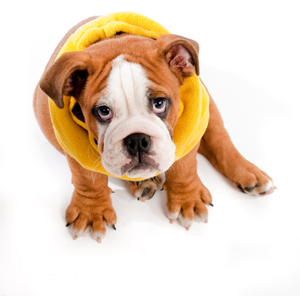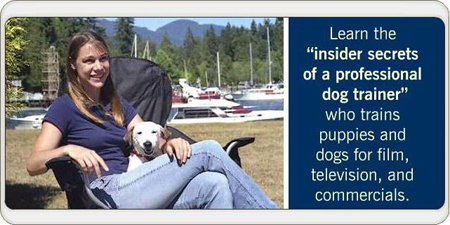Written by Senior Editor Peter Gehr
The growing awareness of the spay or neuter benefits: top 10 behavior facts and reasons why to comply is helping pet owners come forward and take care of the needed procedure to bring about the reduction of homeless or unwanted animals in our communities.
This is an easy process, and the animal is doctored with care and the time spent recuperating is minimal, but comes with maximum benefits for everyone in the long run. There are budget sensitive programs made available and affordable surgeries have been set up in most states across the country. In fact, the ASPCA offer a mobile clinic which is often free or very lost cost.
I’m providing the link to this information for your easy reference:
ASPCA Spay or Neuter Provider Database
Spay or Neuter Benefits: Top 10 Behavior Facts and Reasons Why
If you need more persuasion, please read the top 10 benefits and facts to spay or neuter your dog below:
1. Your female pet will live a longer, healthier life.
Spaying helps prevent uterine infections and breast cancer, which is fatal in about 50 percent of dogs and 90 percent of cats. Spaying your pet before her first heat offers the best protection from these diseases.
2. Neutering provides major health benefits for your male.
Besides preventing unwanted litters, neutering your male companion prevents testicular cancer, if done before six months of age.
3. Your spayed female won’t go into heat.
While cycles can vary, female felines usually go into heat four to five days every three weeks during breeding season. In an effort to advertise for mates, they’ll yowl and urinate more frequently—sometimes all over the house!
4. Your male dog won’t want to roam away from home.
An intact male will do just about anything to find a mate! That includes digging his way under the fence and making like Houdini to escape from the house. And once he’s free to roam, he risks injury in traffic and fights with other males.
5. Your neutered male will be much better behaved.
Neutered cats and dogs focus their attention on their human families. On the other hand, unneutered dogs and cats may mark their territory by spraying strong-smelling urine all over the house. Many aggression problems can be avoided by early neutering.
6. Spaying or neutering will NOT make your pet fat.
Don’t use that old excuse! Lack of exercise and overfeeding will cause your pet to pack on the extra pounds—not neutering. Your pet will remain fit and trim as long as you continue to provide exercise and monitor food intake.
7. It is highly cost-effective.
The cost of your pet’s spay/neuter surgery is a lot less than the cost of having and caring for a litter. It also beats the cost of treatment when your unneutered tom escapes and gets into fights with the neighborhood stray!
8. Spaying and neutering your pet is good for the community.
Stray animals pose a real problem in many parts of the country. They can prey on wildlife, cause car accidents, damage the local fauna and frighten children. Spaying and neutering packs a powerful punch in reducing the number of animals on the streets.
9. Your pet doesn’t need to have a litter for your children to learn about the miracle of birth.
Letting your pet produce offspring you have no intention of keeping is not a good lesson for your children—especially when so many unwanted animals end up in shelters. There are tons of books and videos available to teach your children about birth in a more responsible way.
10. Spaying and neutering helps fight pet overpopulation.
Every year, millions of cats and dogs of all ages and breeds are euthanized or suffer as strays. These high numbers are the result of unplanned litters that could have been prevented by spaying or neutering. (Original article here)
Spay or neuter benefits: top 10 behavior facts and reasons why should be clear by now. The overpopulation of animal shelters is a growing concern in almost every community, and the plain and simple facts that each shelter are faced with on a daily basis results in unthinkable amounts of pets being euthanized. Please respond by taking action if you haven’t already, and play your part in helping to reduce the sad end of animals that could have otherwise lived a loved and long life.














